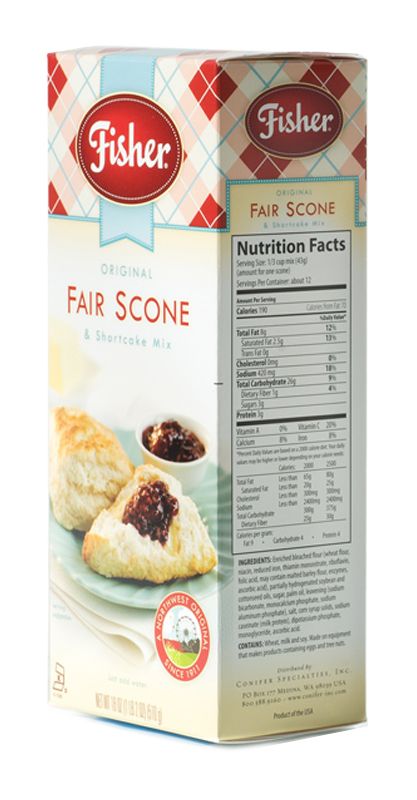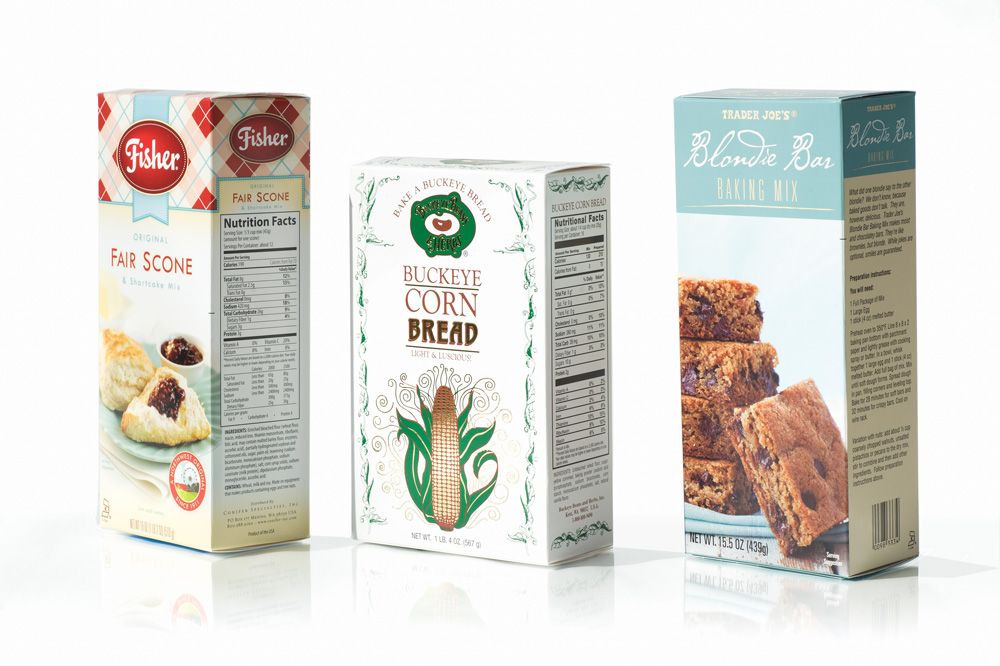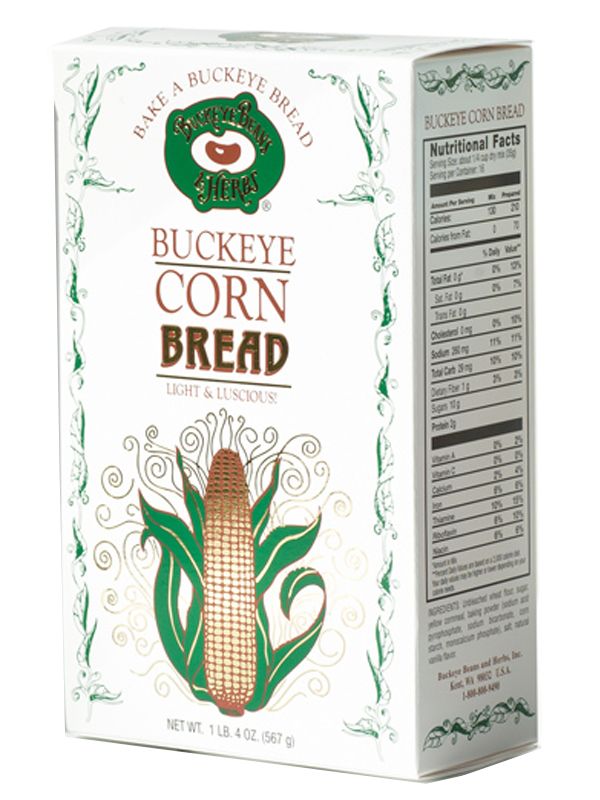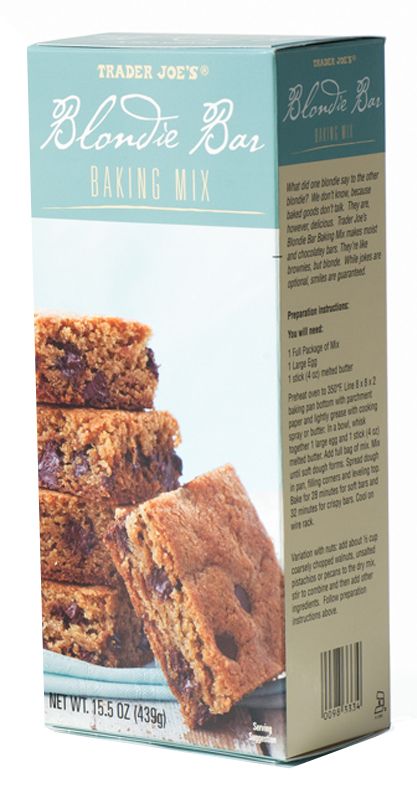
In today’s rapidly evolving food industry, ensuring the safety and quality of products while minimizing environmental impact is of utmost importance. One crucial aspect that plays a significant role in achieving these goals is food packaging products. Food containers serve as a protective shield for products, preserving their freshness, preventing contamination, and extending their shelf life. In this blog post, we will explore the importance of food packaging and the various innovative solutions available to meet the industry’s needs.
The Role of Food Packaging in Ensuring Product Integrity
Food containers act as a barrier against external factors such as moisture, light, and air, which can compromise the quality and safety of food products. By providing a protective layer, packaging helps maintain the desired taste, texture, and nutritional value of the food, safeguarding it throughout the supply chain.
Sustainable Food Packaging: A Path Towards a Greener Future
In recent years, there has been a growing demand for sustainable packaging solutions that minimize waste and environmental impact. Manufacturers are adopting Eco-friendly materials like biodegradable and composable packaging, as well as exploring innovative designs that promote recycling and reuse.
Advanced Technologies in Food Packaging
Advancements in technology have revolutionized the food containers industry. From intelligent packaging with sensors to monitor freshness and temperature to active packaging that extends shelf life, these innovations enhance product safety and provide valuable information to consumers.
Convenience and Consumer-Friendly Packaging Solutions
Consumers today seek convenience without compromising on product quality. Packaging plays a vital role in meeting these expectations by offering easy-to-use, resealable, and portion-controlled options. From single-serve packaging for on-the-go consumption to microwave-safe containers, convenience-driven packaging solutions cater to the evolving needs of modern consumers.
The Future of Food Packaging: Trends and Predictions
As the food industry continues to evolve, so does the packaging landscape. Anticipating future trends is crucial for staying ahead in the market. This section explores emerging technologies, design aesthetics, and consumer preferences, offering insights into the future of food containers.
Food preservation is a vital component of the modern food industry, ensuring product integrity, safety, and sustainability. By embracing innovative packaging solutions, manufacturers can not only meet the evolving needs of consumers but also contribute to a greener and more sustainable future. From advanced technologies to convenience-driven designs, the possibilities for enhancing food containers are endless. By staying informed and adopting these innovations, businesses can thrive in the competitive market while prioritizing the safety and satisfaction of their customers.




